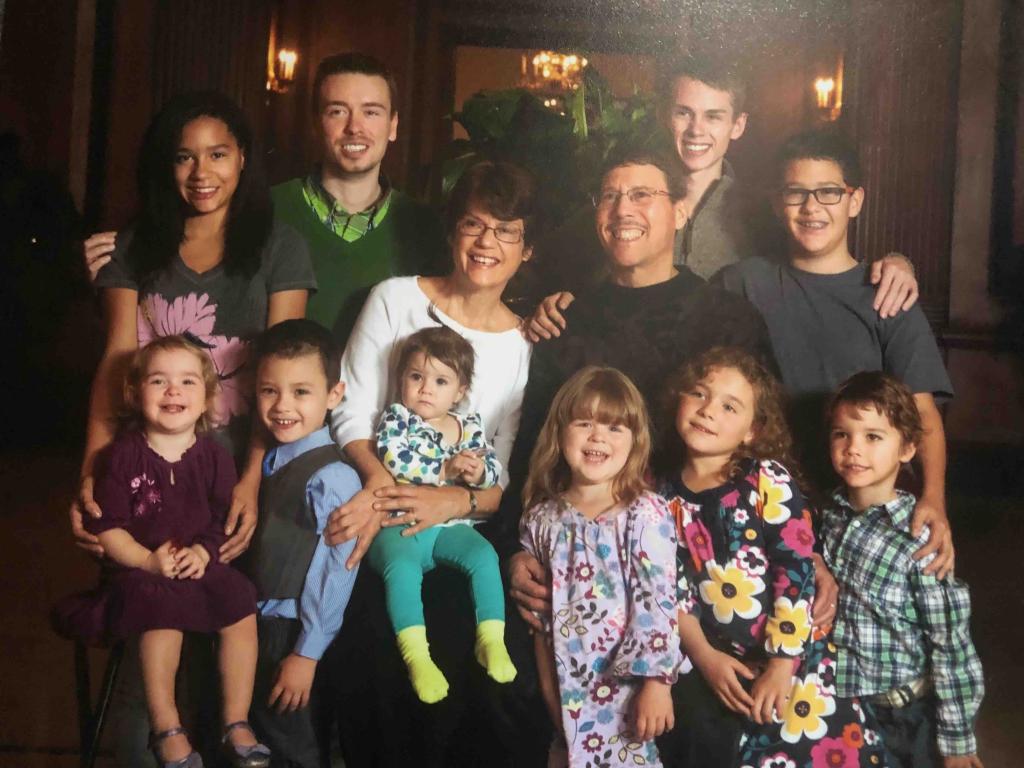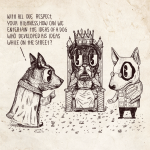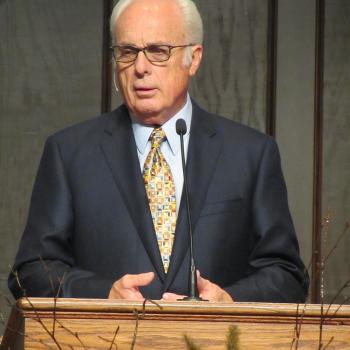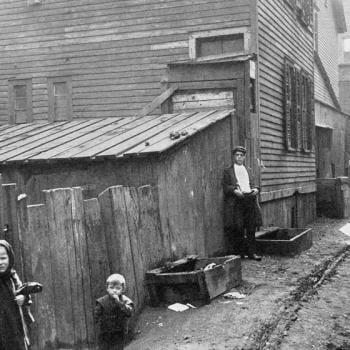The Grandparent Effect
I didn’t grow up with a grandparent nearby. And while my parents have ten grandchildren, they only live within a two-hour drive of one of them; most of the rest are at least a two-day drive away. Our family (while bigger than many) is not unusual.

One of the challenges of modernity is how separated from our families we often are. The ease of movement and economic mobility, while very useful to careers and personal choice regarding geographical context, has often meant parents become separated from their adult children and/or grandchildren. While we are living longer, with more possibilities for grandparents to enjoy and support their grandchildren, we aren’t always getting to take advantage of this.
Cross-generational Care
The National Institutes of Health equates physical proximity between family generations to health and economic well-being. Grandparents (most often grandmothers, but definitely also grandfathers) help with childcare helps which allows more people to participate in the labor force. Having adult children nearby delays nursing home health and assists older adults in staying independent for longer.
However, families are diverse, and there is a great deal at play in how we are able to care for each other. And while the “grandmother effect” has been recognized for decades as a vital element in human thriving, for most of history, it was rare to have grandparents living as long or with as much health as they do in today’s world. Even today, the vagaries of divorce, mental health, personal preference, and the need to work longer past traditional retirement age can impinge on the mutual benefits of cross-generational care.
My research on seventeenth-century families reveals that much of this is not new. Even without the lowered life expectancy of the past, the idealistic view of symbiotic generations helping each other out was hard to achieve. The English Catholic families I study had their share of challenges due to being a persecuted minority, and while their difficulties might have resulted in them bonding with each other, it appears they sometimes also resulted in intergenerational conflict. I have been inspired by Susan Cogen’s research on grandparents in the seventeenth century to think more intergenerationally about how families navigated persecution.
Divergence Around Faith
Grandparents frequently were concerned enough about the religious life of their grandchildren to sponsor their attendance at Catholic schools in Europe (which was an illegal activity at the time, but many families took the risk anyway) or to encourage their calling as priests and nuns. Sometimes, upon the death of a parent, grandchildren were sent to live with a living grandparent—occasionally this was someone who could nurture their faith. But sometimes the English state intervened and moved a child from a Catholic family to the home of a Protestant grandparent (in the case of interfaith marriages). Tensions around thoughts about how to nurture the next generation could easily flare up when money or legal status overlapped with divergence around faith.
For instance, the Calvert family (who became the Lords Baltimore when they were given the colony they called Maryland) chose to lose their positions at court in order to retain their Catholic faith. For three generations, they sent their children to Catholic schools on the continent in order to educate them in the Catholic community and practices. However, in the early 18th century, the fourth Lord Baltimore, Benedict Calvert, decided to conform to the Protestant state church to retain his positions. He sent for his boys, including Charles, his teenage heir, to come back from their Catholic school to join him in his new Protestant faith. The boys’ Catholic maternal grandfather was horrified that the boys would be pressured to renounce their religion. He worked hard to prevent them from leaving their school, asking the priests at the school to delay their departure or to move them to a different location. When Benedict finally got the boys back home, he forbade them from seeing their grandfather until they had all been confirmed in the Church of England. The heartbreaking letters written by the boys and their grandfather reveal the latter’s investment in those relationships. Clearly, while rich family relationships are formed by the presence of kinfolk like grandparents, those same relationships can cause tension, and are not uniformly positive.
We Are All Better Off
Hurt and trauma between parents and their adult children can handicap grandparents’ ability to be effective in coming alongside their family later in life. But even with those challenges, there are ways to allow older generations to be helpful in the limited ways they can, and it turns out we are all better off when we do this. My youngest sister had great distress in her childhood because of choices my parents made. In adulthood, she concluded that she did not “owe” them anything. But once she had children, she chose to accept the real assistance and investment they wanted to make in her kids, because it was good for that next generation. When she went through a terrible divorce from a husband who had never been a spiritual mentor to her children, the support of my father (and my mother, with her limitations) in helping create a home life with regular spiritual conversations with their grandchildren was what she and they needed.
My own parents’ ability to grandparent has been mitigated, though not eliminated, by cancer and Alzheimer’s. My mother was able to be present and helpful with the births of the older grandchildren, but by the last few, her disease prevented her from being able to care independently for babies and preschoolers. However, she still reads to the children, watches funny animal videos with them, and smiles as she watches them play. And they benefit from thinking about care for the elderly, helping her walk, being patient with her as she asks repeatedly for the same information over and over.
The grandparent effect doesn’t mean that perfectly healthy relationships are formed among all three generations. However, even when there is pain and disagreement, research shows that we are all better off when we stay near to each other, working through those painful elements. We have options today that have not always been available in previous centuries, with earlier deaths and debilitating illnesses. And many stories in the Bible demonstrate the pain that parents and children inflict on each other. Still, biblical grandmothers like Naomi (Ruth 4:16) and Lois (2 Timothy 1:5) give us a small sense of the intimate and vital role provided by grandparents when they are in close proximity to grandchildren. And as someone without children myself, I crave the presence of my elders to help me slow down, listen to stories about the past, and to cultivate gratitude for the leading of God across generations. The grandparent effect can shape us all in healthier ways, if we create space to allow it to.













